Homemade DIY shampoo bar recipe with lavender and clay. This is my favorite soap that gets my hair clean and shiny. Are you ready to switch to a no-poo method and try to make your own shampoo bar at home? Parts of this blog are sponsored by “Your Arbor”, all thoughts and opinions are my own.
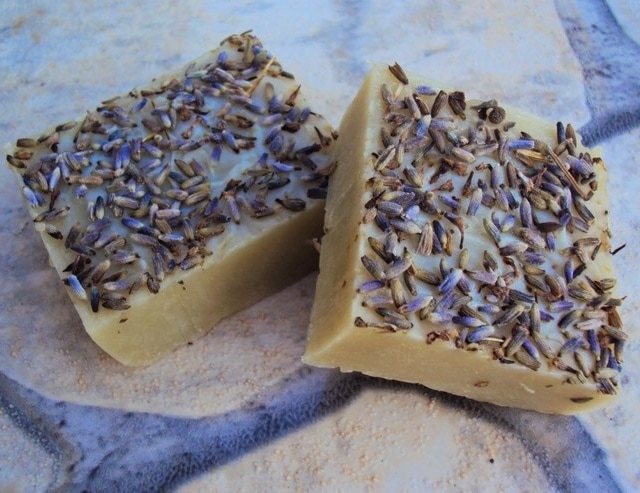
DIY Shampoo Bar Recipe
This homemade shampoo bar with lavender and clay was one of the first soap recipes I ever made. The recipe was created by me with wonderful organic oils, soothing clay, and the most beautiful smelling lavender and rosemary essential oils. Read here why I am using homemade beauty products. This shampoo bar recipe contains the following ingredients:
- Extra virgin olive oil
- Coconut oil
- Shea butter
- Castor oil
- Lavender essential oil
- Rosemary essential oil
- Water
- Fullers earth clay
- *Sodium Hydroxide
*Used during the saponification process to turn oil into soap. No sodium hydroxide remains in the finished product.
These oils, essential oils, and clay will nourish the hair shaft, encourage strong, healthy, and furthermore shiny hair.
Homemade shampoo bars are superfatted, which means that 4-10% of oils (depending on the recipe) will remain in the finished soap to make your hair shiny and your skin feel soft. Mine is superfatted with 4%.
Using your own homemade shampoo bar is amazing since you know exactly what is inside. All my soaps are free of harmful ingredients. They are furthermore vegan and were not tested on animals, only tested on my own and on my boyfriend’s hair, haha.
Check out Your Arbor to find ethical and sustainable products like essential oils.
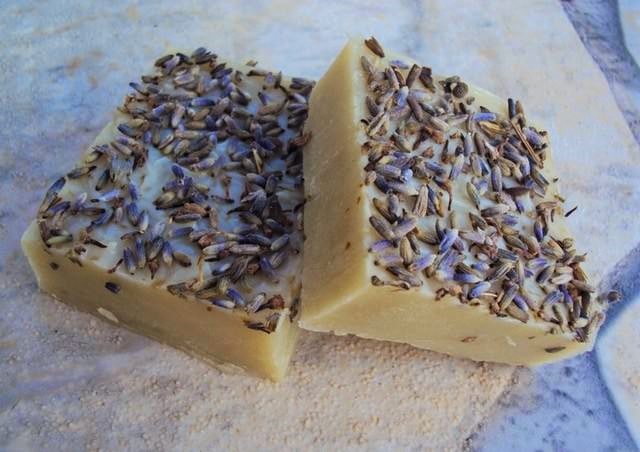
How To Wash Your Hair With A Shampoo Bar?
Washing your hair with a shampoo bar is easy and also a lot of fun! At first, you wet your hair thoroughly, then rub the shampoo bar directly onto your hair from scalp to ends. Work up the lather with your hands, add more water if needed. Make sure that your complete hair has enough thick and rich lather, this step is very important!
If you don’t lather up well your hair might end up looking greasy. So lather, lather, lather, and then rinse your hair with lots and lots of water to get out all the shampoo.
I am using a light vinegar rinse afterward (just 1 tbsp of vinegar or lemon juice in two cups of water) which will restore the PH value of the hair and make it shiny.
Your Hair Needs To Get Familiar To No-Poo
If you have been using regular shampoo (especially shampoo with silicone) for a long time your hair will need some weeks to get familiar with “no-poo shampoo bars” as there might be a build-up from other products in your hair. It can take weeks or even months, but I can only recommend it to stop using a store-bought shampoo. Don’t be afraid and start experimenting with your own DIY shampoo bar.
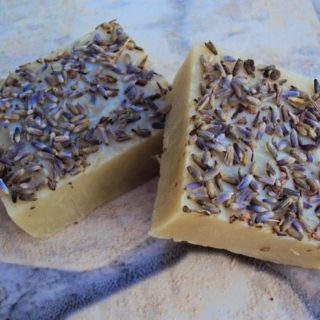
Homemade Shampoo Bar Recipe
Ingredients
OILS & FATS
- 90 g olive oil
- 78 g coconut oil
- 36 g shea butter
- 36 g castor oil
LYE SOLUTION
- 70 g cold water
- 34.27 g sodium hydroxide
ESSENTIAL OILS
- 4.1 g rosemary oil
- 6.2 g lavender oil
ADDITIVES
- 2 tsp clay + a little water
EQUIPMENT
- 1 stainless steel pot to melt the fats
- 1 medium-sized plastic cup for weighing the sodium hydroxide, empty and clean
- 1 heat-resistant plastic container for mixing the lye liquid
- 1 mg-accurate scale for weighing the sodium hydroxide
- 1 normal kitchen scale for weighing the fats/oils
- 2 mixing spoons made of plastic
- 1 food thermometer
- 1 rubber spatula
- 1 hand blender without aluminium parts
- 1 pair of rubber gloves
- 1 protective goggles important!
- work clothes e.g. apron, long sleeves, and trousers
- newspaper for covering the working surface
- 1 kitchen roll
- 1 mold for the soap silicone molds work best
Instructions
- Cover the work surface with newspaper and provide ventilation in the room.
- In a small bowl, mix the clay with a tiny bit of water (as little as possible) and let it sit.
- Wear rubber gloves, put on protective goggles.
- Weigh the sodium hydroxide in a heat-resistant cup, use the mg-accurate scale.
- Weigh the water in a separate cup.
- Now, carefully and slowly pour the weighed sodium hydroxide into the cold water (preferably near a window) and stir gently until the sodium hydroxide has completely dissolved.IMPORTANT: Always put the sodium hydroxide in the water, never the other way around! Do not inhale the resulting vapors. The liquid quickly becomes very hot and the cup should be placed in a cold water bath in the sink, to cool the lye solution.
- Meanwhile, weigh the fats (coconut oil and shea butter) and melt them in a warm water bath (or in a double boiler). Weigh the other two oils (olive oil, castor oil) and add them to the fats.
- Wait until both the cup of the lye solution and the pot of the fats/ oils are hand warm and have about the same temperature (30-45 degrees C).
- Carefully pour the lye solution into the fats/ oils (you should still wear your goggles and gloves) and mix carefully with a hand blender (immersion blender).
- The mixture becomes a little cloudy after a short time and starts to thicken. Turn the hand blender off after one minute and add the essential oils and the clay to the mixture.
- Continue stirring until the liquid soap has the consistency of pudding. This can happen after one minute or only after 5 minutes. Do not stir too long though, otherwise, the mixture becomes quickly too thick.
- Pour the liquid soap into the mold, tap the mold onto your work surface to remove any air bubbles.
- Cover the mold with a plastic foil and gently wrap a towel around the mold so that the soap comes into the "gel stage" (this accelerates the saponification process).
- You can get rid of your goggles now and start making the dishes (keep wearing your gloves though).
- The soap can be cut and shaped after 24 hours.
- Patience is required now because the soap has to "mature" and dry in an airy place for at least 4-6 weeks, only then it can be used! The longer the soap sits/ dries, the milder it becomes. Also, a well-"ripened" soap will be used up more slowly than a young soap. So be patient!
Notes
- Wear protective clothing (long sleeves and trousers)
- Put on gloves
- Wear protective goggles when working with the lye
Nutrition information is an estimate and has been calculated automatically
If you are using Pinterest, feel free to pin the following photo:

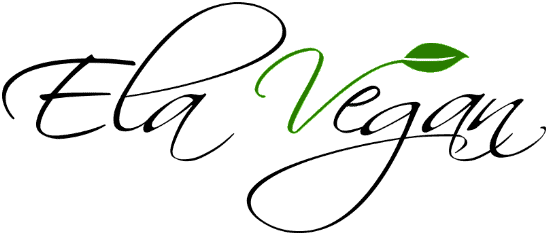
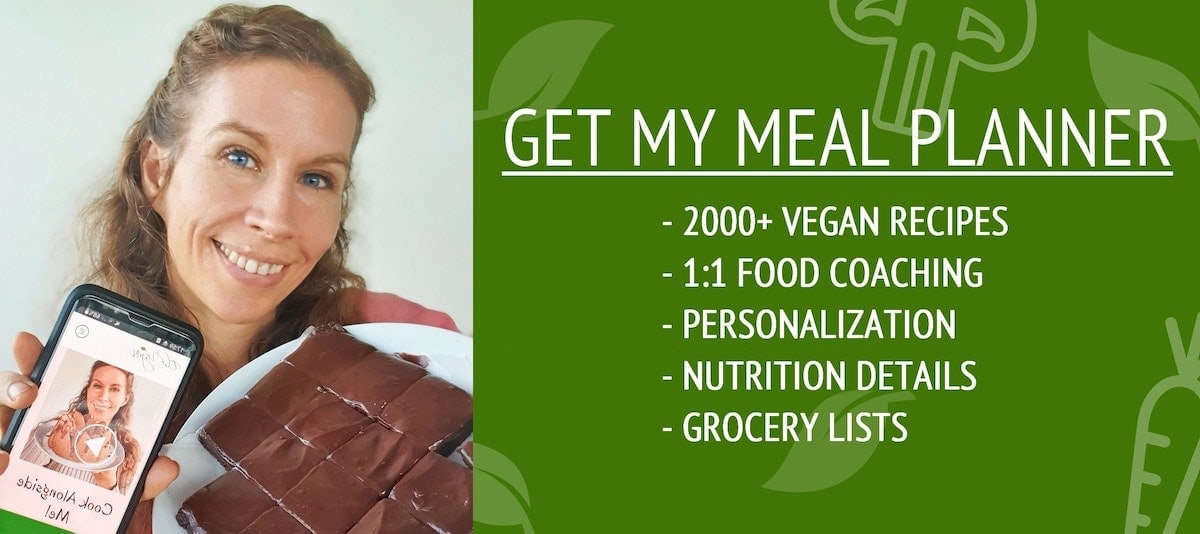

What exactly is the fullers clay? Any brands you prefer?
I bought the brand from Mountain Rose Herbs. Just type in “Fuller’s Earth Clay” on their page and it will show up with all info. 🙂
Hi Ela! This shampoo bar is fantastic; it leaves my hair super shiny! Thank you for sharing! Your blog is great, I have tried many of your recipes, and they all turned out wonderful! I have been wondering which translator plugin you are using, as I am looking for one for my blog. Thank you, and have a wonderful weekend!
So happy you love it, Mirjam!!
I have a multisite (multilingual press). 🙂
Thank you so much, Ela! I will look into it ☺️
I tried this and I just realize that lye actually damages your hair, head and cuticles. The hair needs somewhere around 5.5pH and as it has lye in it which makes it a alkaline bar with pH of 8-10 it actually isn’t healthy for your hair and so on.
Hi Shannel, there are many people who use shampoo bars and love them. I think you will need to experiment if they work for your hair or not. It definitely needs a while to adjust, especially if you were using a shampoo with silicone. 🙂
I use a shampoo bar every day, Color treated, too! The texture and tenacity is just fine. When build up occurs, I rinse with ACV. Lye has already dissipated after six weeks cure time.
Thanks for sharing, Joan! 🙂
Thank you Joan, for reassuring the readers! I appreciate that. This is a great recipe and Joan is absolutely correct. No worries about damage from lye.
Hello, Ela. Thank you so much for the recepy. I used instead water and dry NaOH, a compound in bottle of NaOH the same gram amount 104 gr. Do you think is appropriate? The soap looks good.
Hi Vasil, I have no idea what the strength of the “compound” was, therefore, I cannot tell you how it turns out.
50:50
Hello, when i put your recepy in calculator it shows that require 41.36 gr.water and 15.38 gr. NAOH. I don’t understand where to see in the tab 70 gr.water and 36 gr. Naoh or i did something wrong?
Because i tried other recepy and also shows low ammounts of water and Naoh. Anyway i trust your expert opinon and i follow your recepy.. The soap looks great.
I believe that through the sapnofication process the lye (which is actually a ph of about 13) gets fairly neutralized. Have you taken a ph strip to actual REAL soap? I have some due in shortly and will randomly be taking some. Many folks suggest a weak ACV rinse afterwards, which would help further neutralize the ph. Many shampoos and real soaps are actually “superfatted”. This is not “grannies” soap. Better than a detergent and synthetic chemicals screwing up your hormones and so forth.
All soap is made with lye. As long as the saponification is complete there will be no lye left in your soaps. Hot processing and/or letting soaps sit to cure for at least 6 weeks will mellow the bars. Superfatting adds conditioning oils that are not converted to soap in the process.
Hello,I am excited about making this recipe.What is the percentage of lye concentration in this recipe..I want to replace castor oil What other oil do you suggest.Thank you
Hi, please always use this soap calculator if using other oils: http://soapcalc.net/calc/SoapCalcWP.asp
Is using 4 tsp of lavender essential oil for 450g of melt and pour soap too much??
Not sure, I use only weight measurements. 🙂
hi i tried fitting your formula in the soap cal but i couldn’t get the exact water and lye amount despite playing around with water percentage and superfat. can you pls give me how much water as a percentage of oil weight and and superfat is 6 percent for my dry hair
Hi, I used a water percentage of 30% which results in 72 grams of water (I used 70 grams + a little for the clay). Please use this calculator: http://soapcalc.net/calc/SoapCalcWP.asp
You will need 33.56 grams of lye if using 6% superfat.
Di you have to use a vinegar rinse after shampooing with these?
You don’t have to, but I recommend it for every shampoo bar. 🙂